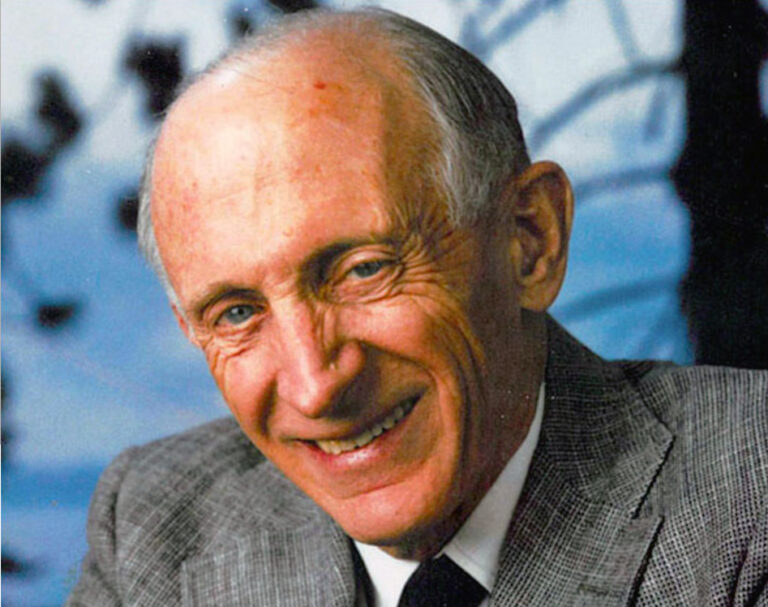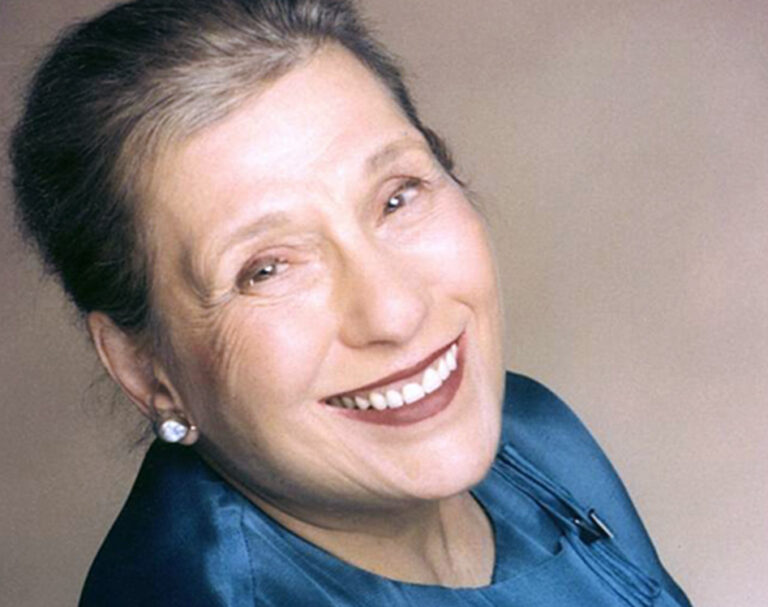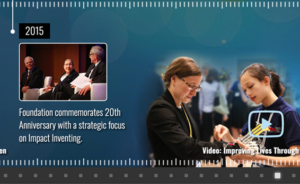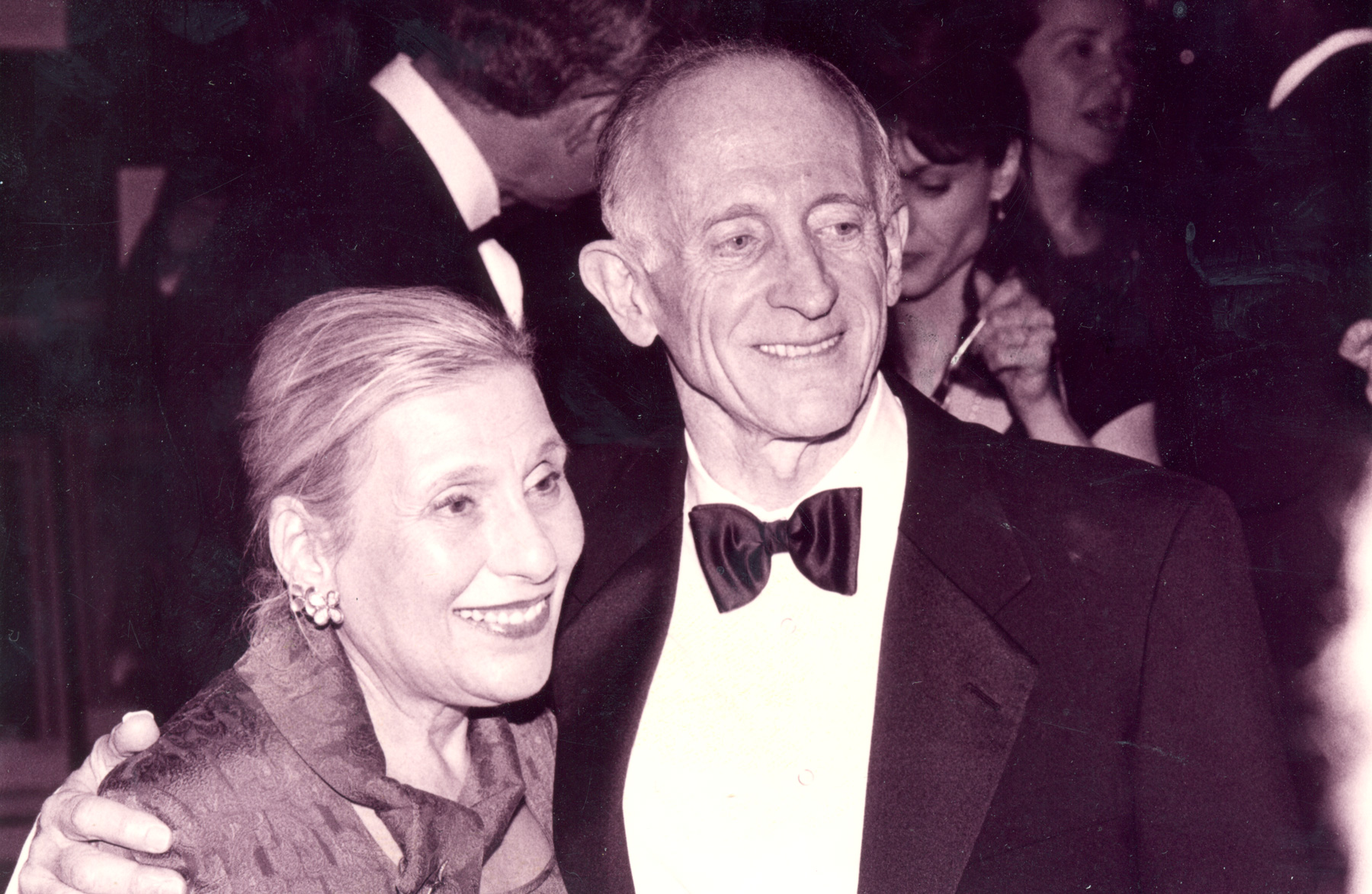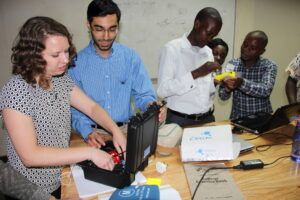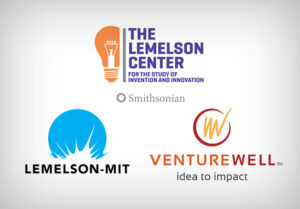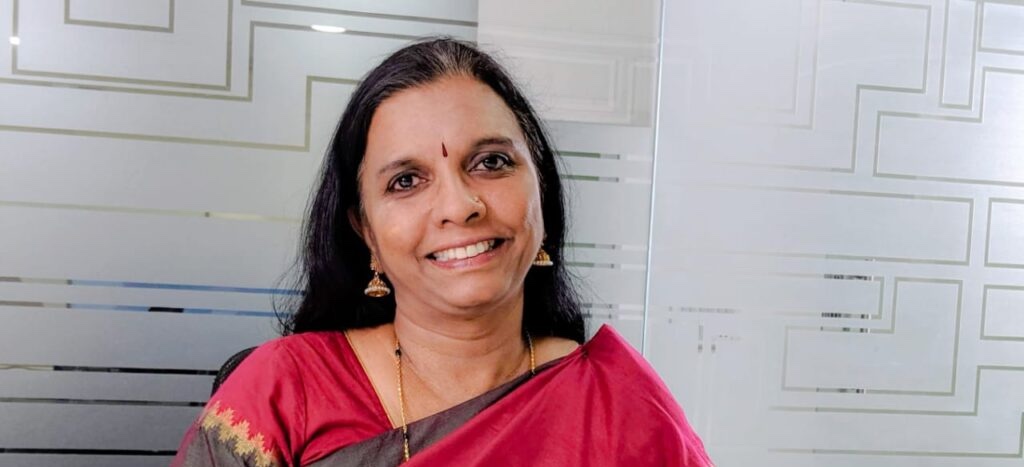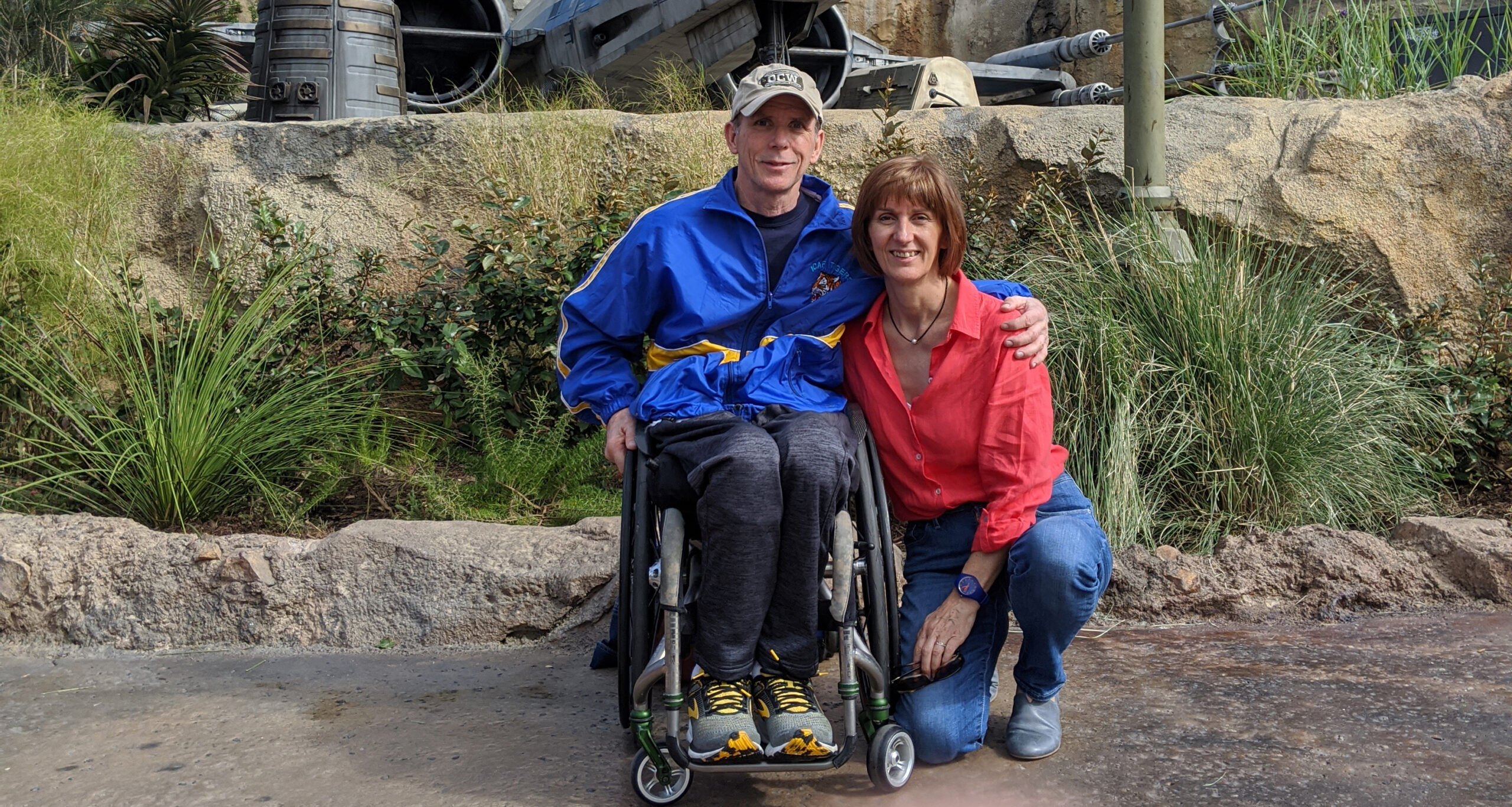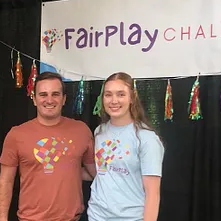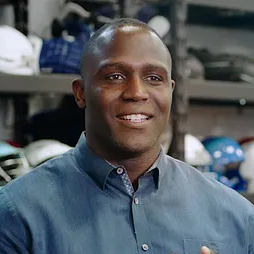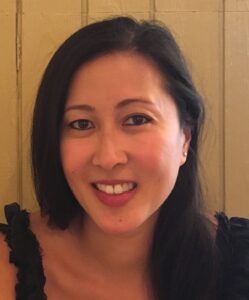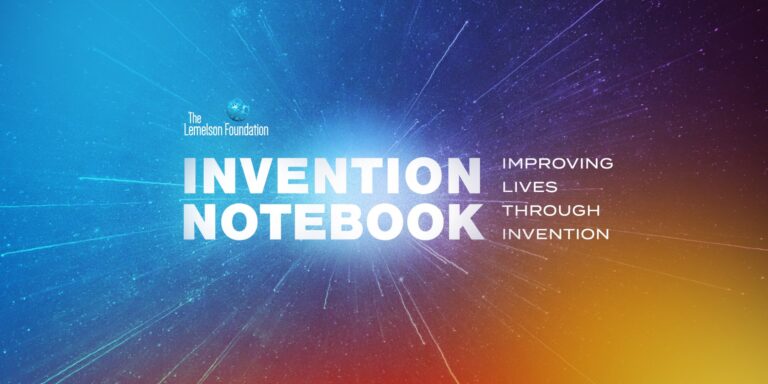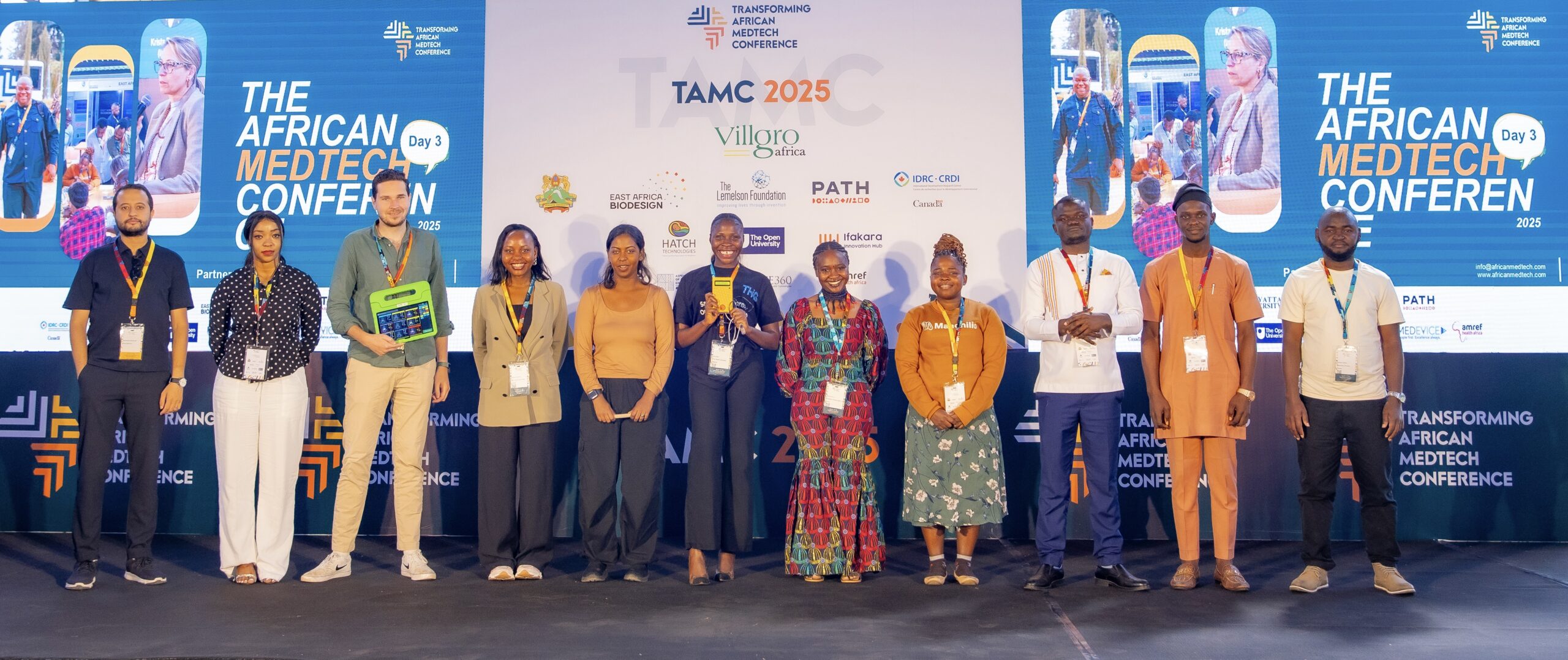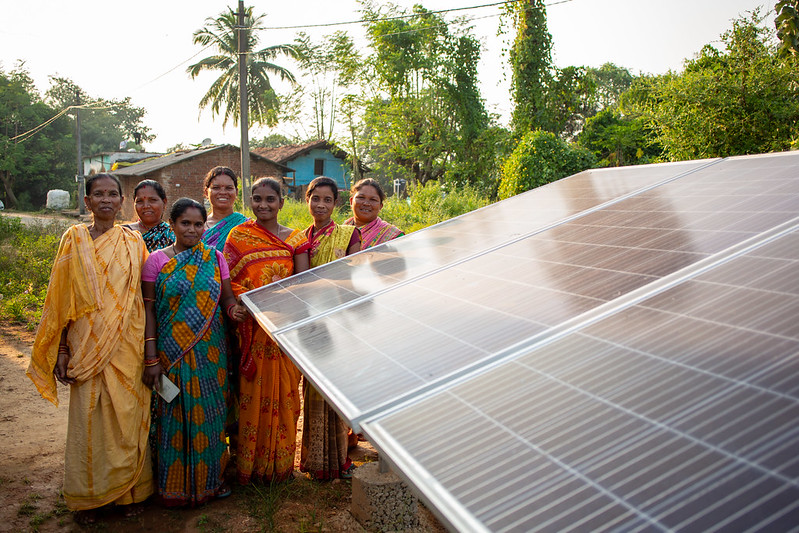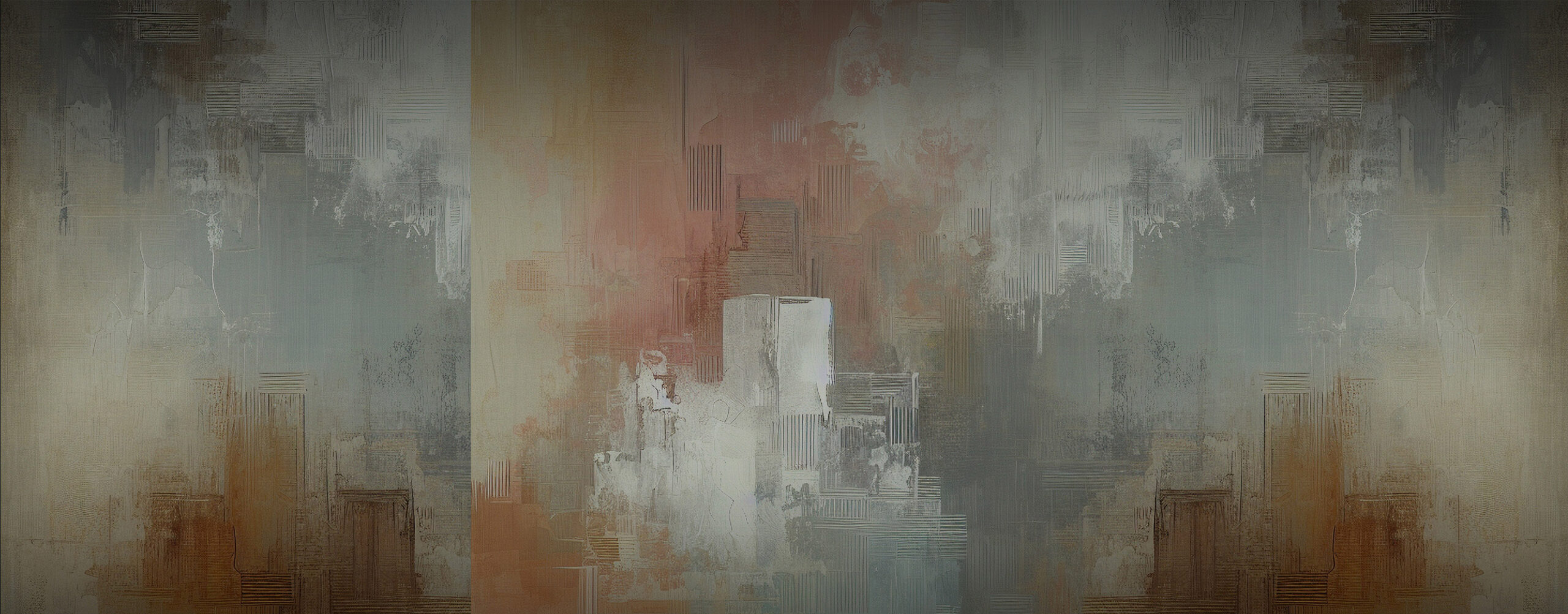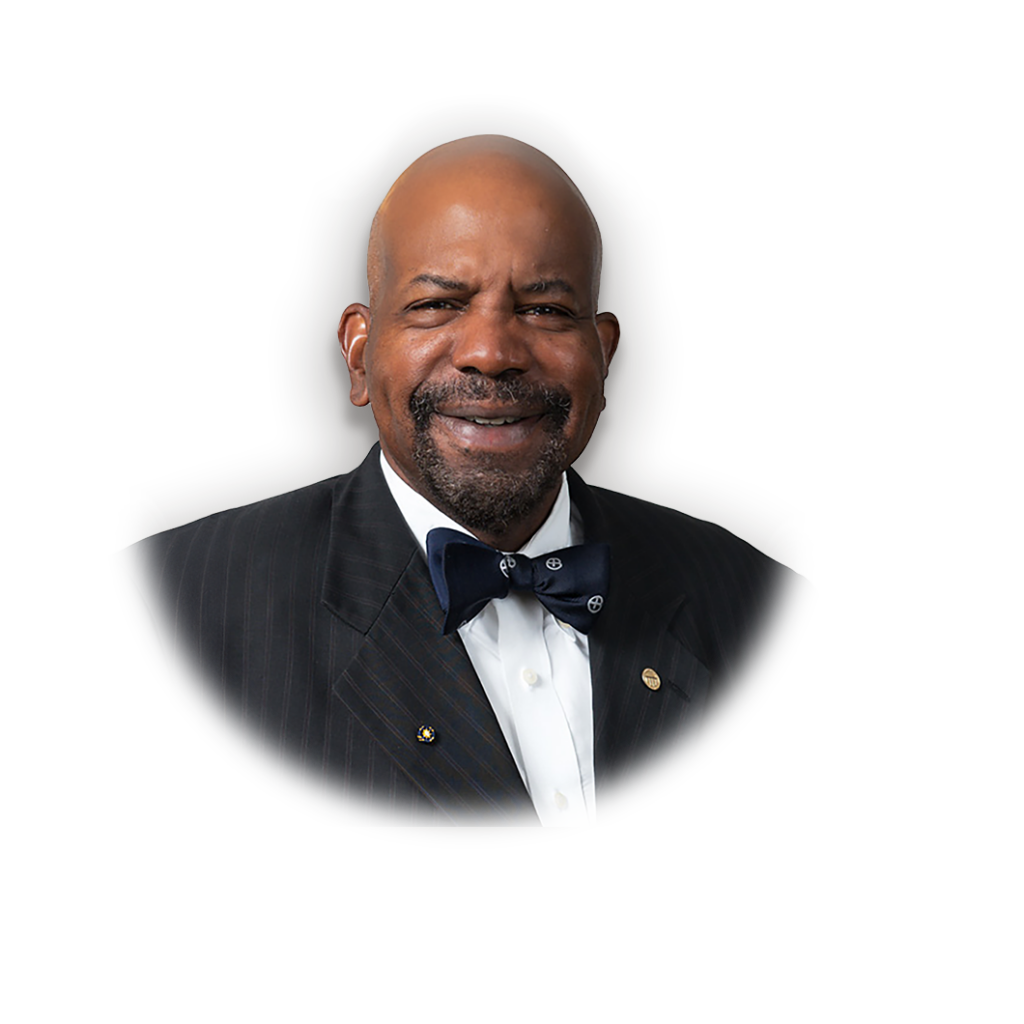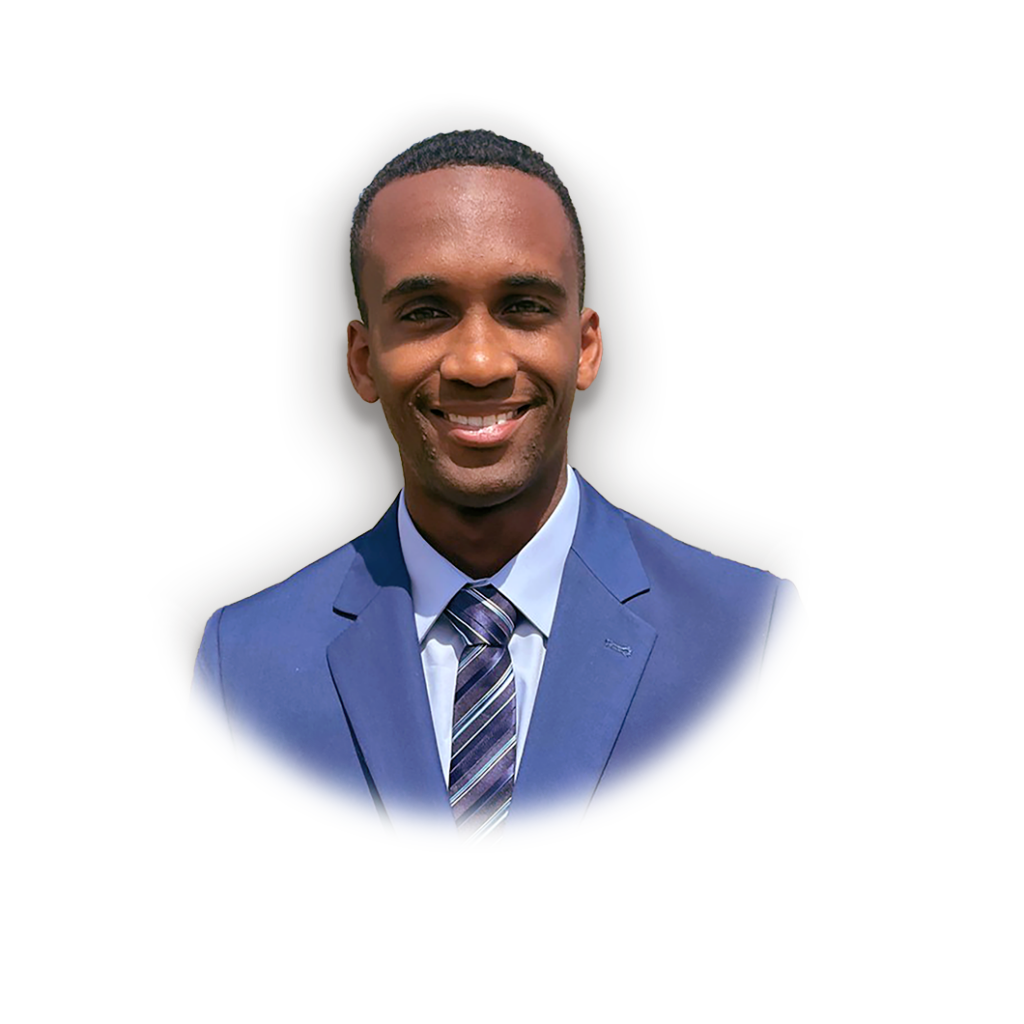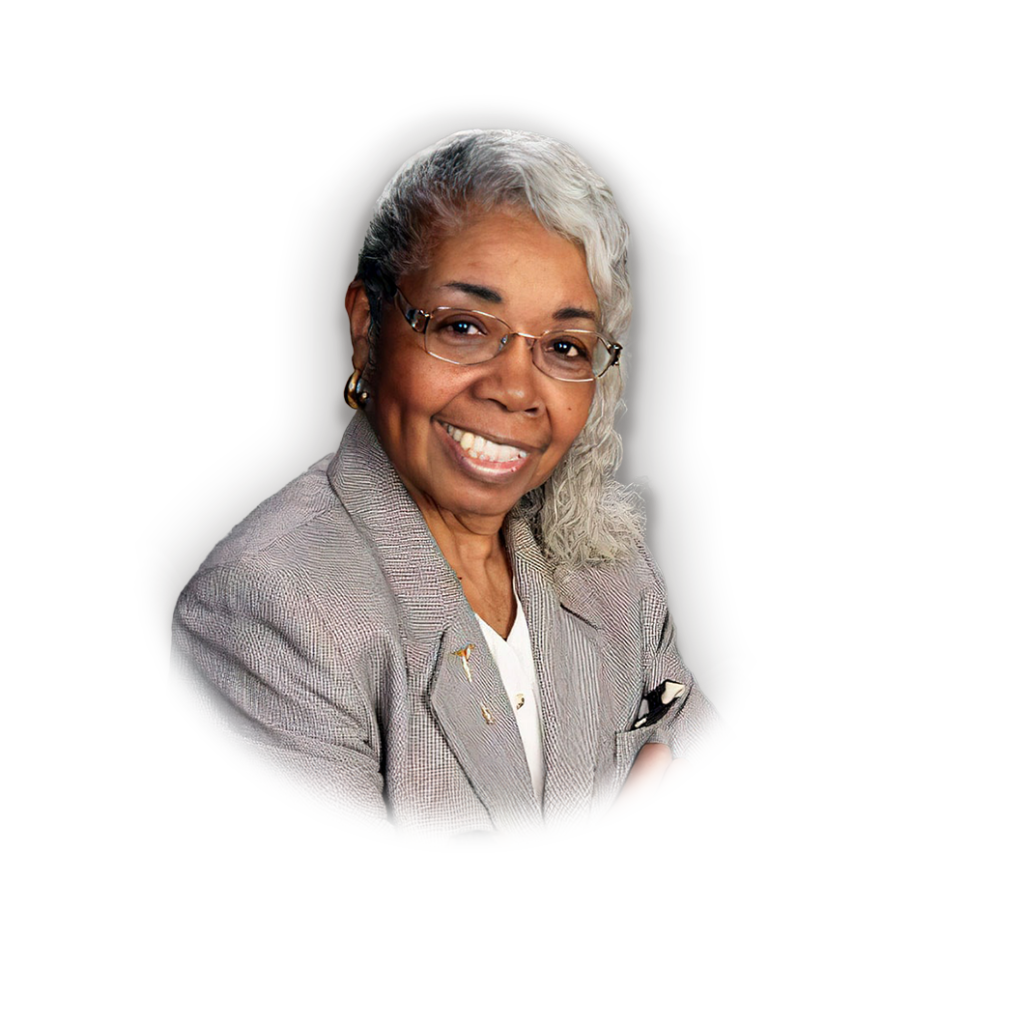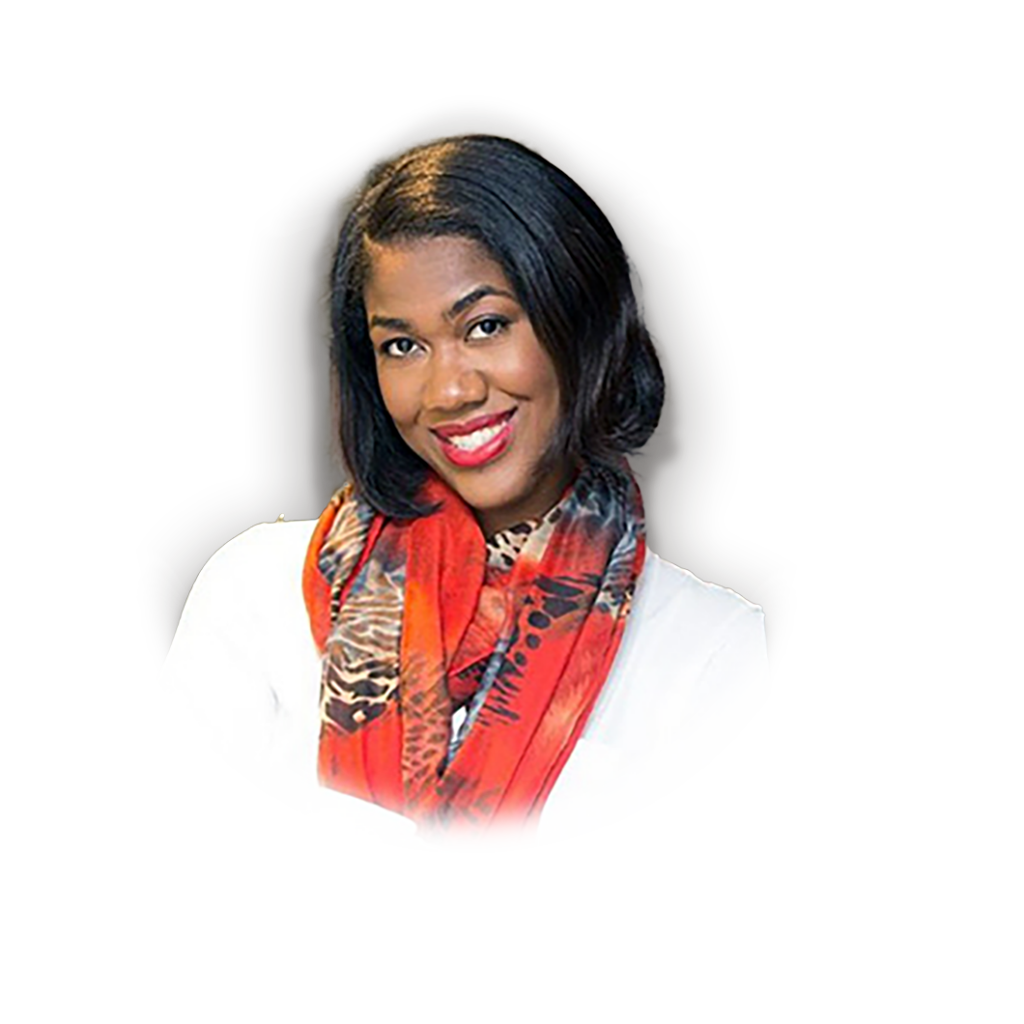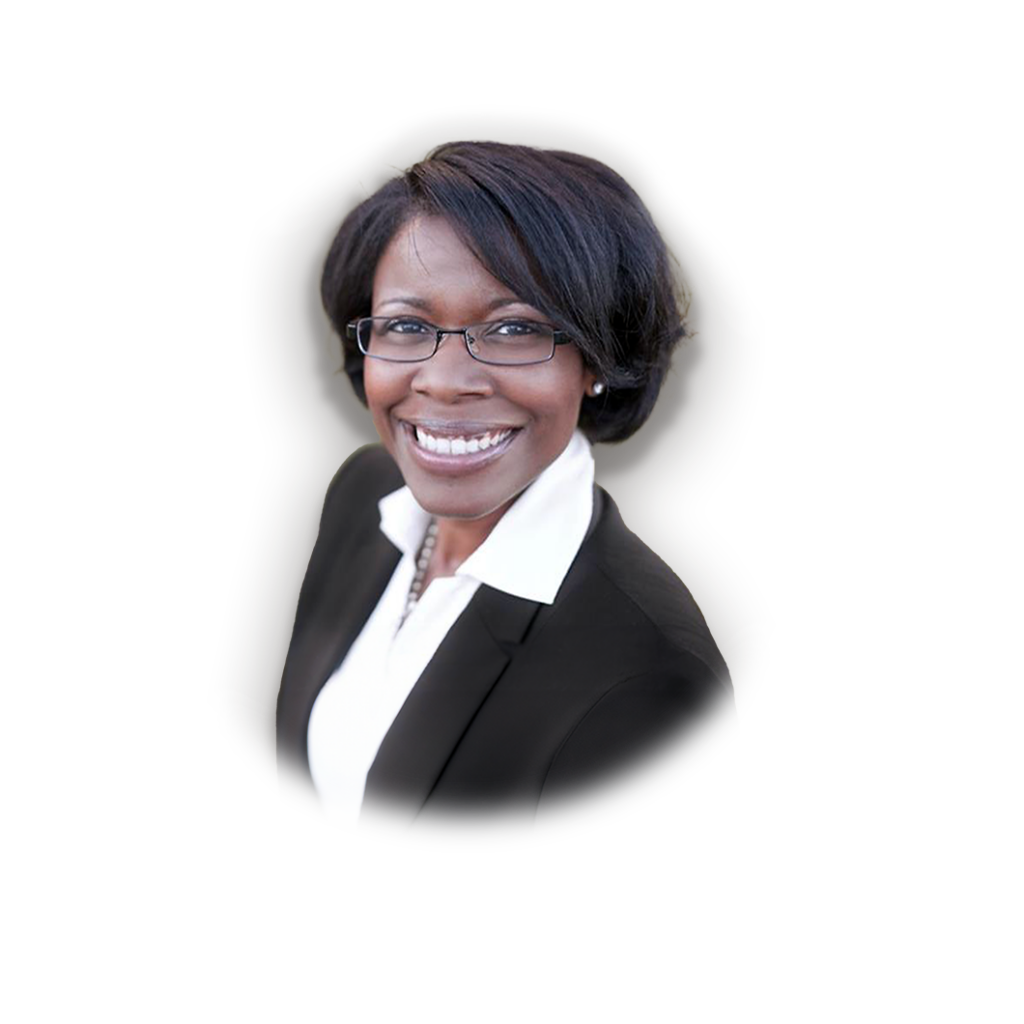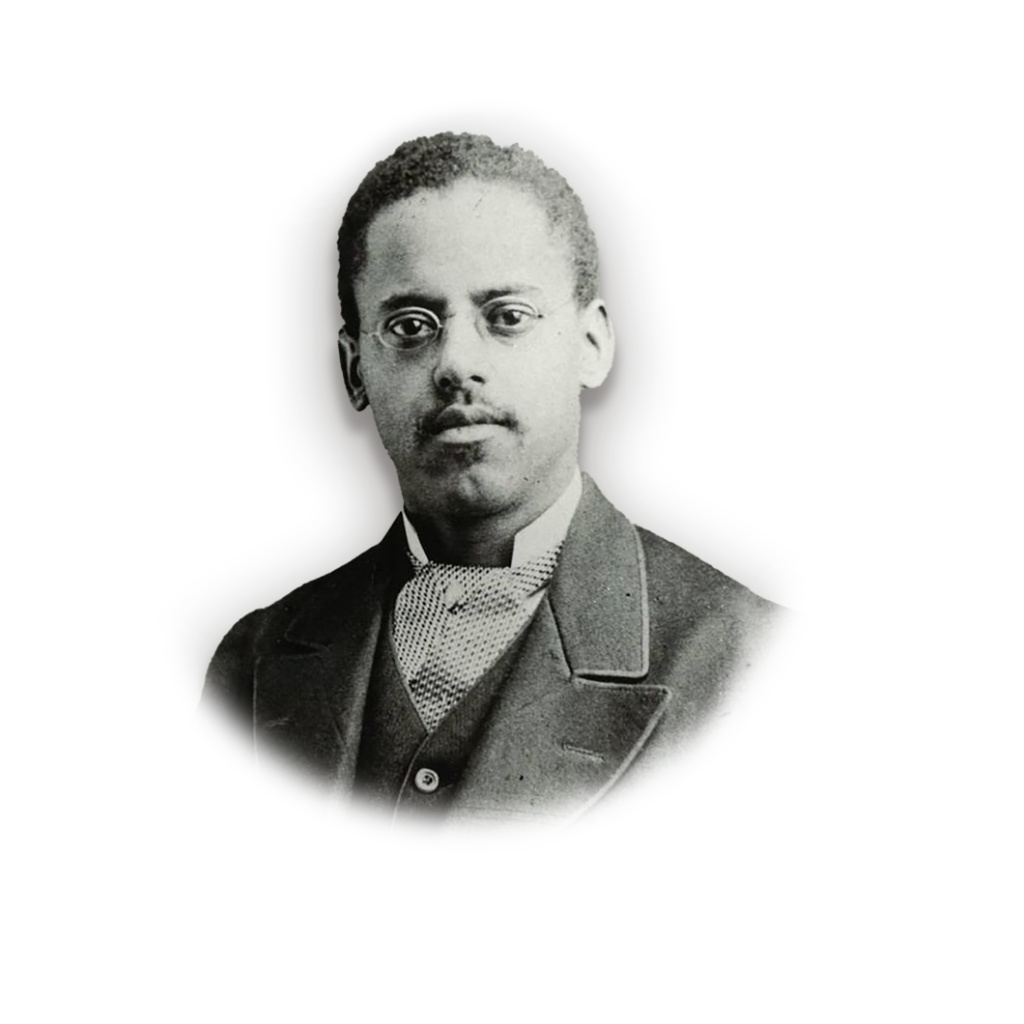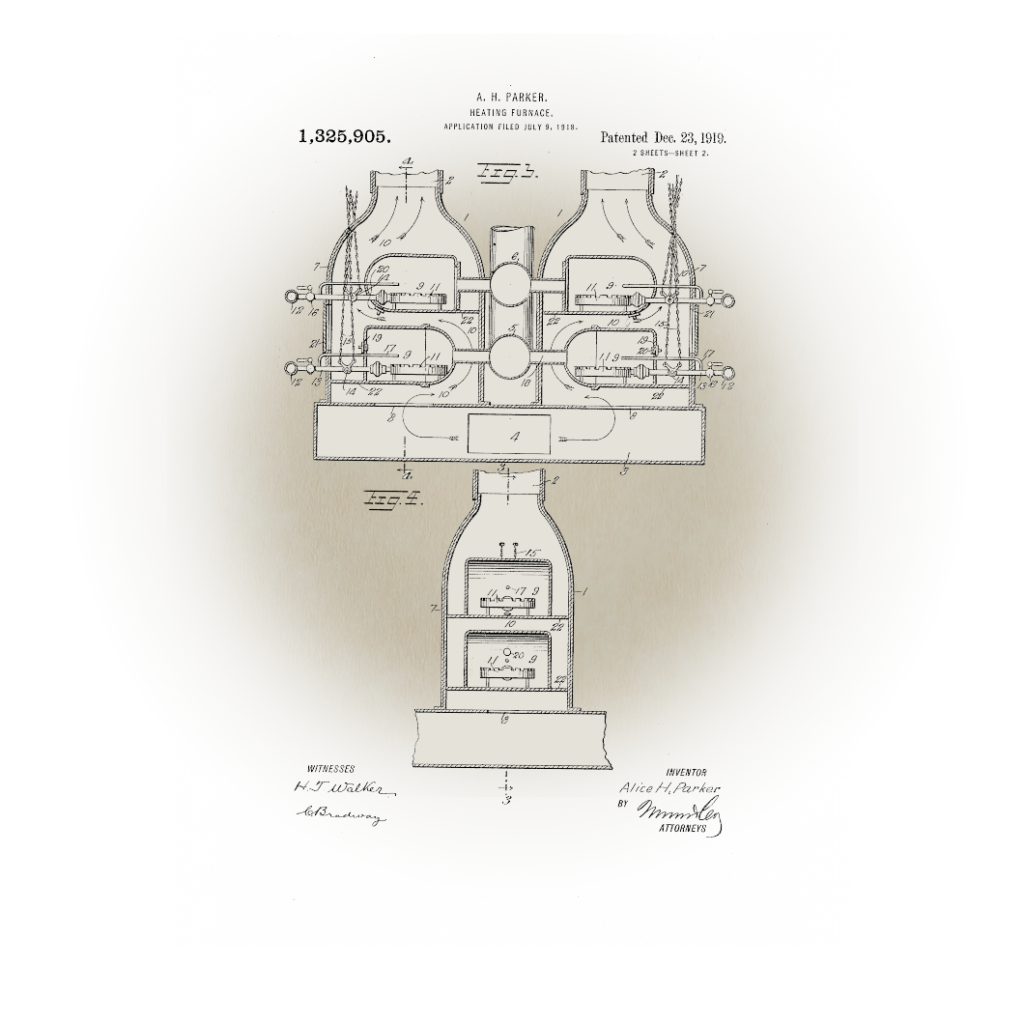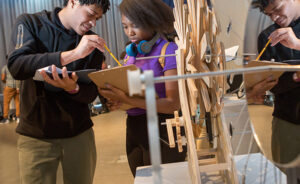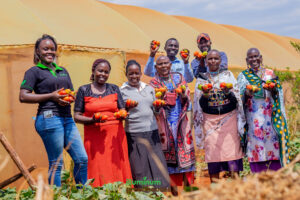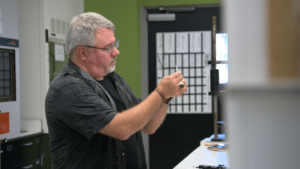Commemorating Black Inventors Past and Present
The innovations and inventions developed by Black inventors continue to transform our world and improve lives.
Black inventors have always pushed the boundaries of what’s possible — from health to energy to play, they have created technologies that solve our current challenges and envision a better future.
Here, we showcase Black innovators from both our past and our present whose inventions have sought to improve the way we live and work.
Inventor Roundup


Monique Dyers
For renewable energy technologies to help combat climate change and advance sustainability, they need to be accessible to all communities. This was a driving factor for Monique Dyers, the founder and CEO of EmpowerSun Solutions, who developed a software platform to help simplify the solar power installation process by evaluating the feasibility and the potential financial returns for landowners. Her technology promises more efficient and equitable solutions for historically underserved communities to share in the benefits of the renewable energy revolution.


Dr. Cato T. Laurencin
Regenerative Engineering is a groundbreaking new discipline that combines material science, biology, and medicine to help heal musculoskeletal conditions — and even potentially regrow tissues and organs. As an engineer and orthopedic surgeon, Dr. Cato T. Laurencin has pioneered the field, advancing the development of biomaterials and techniques for the generation of bone and ligaments. He is a passionate advocate for recognizing the history of Black invention, and a dedicated mentor encouraging more students from underrepresented communities to enter STEM fields.


Tahira Reid Smith
It takes two people to turn the two jump ropes required for Double Dutch jump rope. But what if you didn’t have enough rope turners? What if the turners were double-handed? Tahira Reid Smith first dreamed of a solution in the third grade, and then as a mechanical engineering student in college, invented an automated double Dutch jump rope machine that is now featured in the Smithsonian. She is a patented inventor, entrepreneur, and professor working at the intersection of mechanical engineering, design, and behavioral psychology, bringing innovation to sectors from sustainability to healthcare.


Lewis Latimer
Lewis Latimer (1848-1928) was a groundbreaking inventor who contributed to the patents for iconic technologies like Alexander Graham Bell’s telephone and Thomas Edison’s light bulb, in addition to creating his own inventions like an early air conditioning device. His most celebrated invention was an improved process for manufacturing carbon filaments for incandescent light bulbs, making them more durable and affordable to the public.

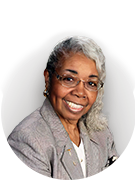
Valerie Thomas
Valerie Thomas is a renowned NASA data scientist and inventor of the illusion transmitter, a device that uses concave mirrors to project multidimensional images onto screens. Her technology was a precursor to modern 3D movie technology, and is still used by NASA to bring images of the universe back to Earth. As a dedicated mentor, speaker, and even school science fair judge, Thomas works to cultivate the next generation of engineers and scientists, particularly encouraging young women to pursue STEM careers.


Angel Teagle
Life changes can inspire invention and entrepreneurship. When Angel Teagle learned he was going to be a father and heard about the concerning statistics around child fatalities in overheated cars, he decided to create a solution. As a college student, he developed the Car Seat Companion, a Bluetooth-enabled device designed to fit beneath a car seat that sends alerts to a smartphone app if an adult or guardian moves away from the car while the child is still seated inside.


Dr. Patricia E. Bath
Dr. Patricia E. Bath (1942-2019) was an ophthalmologist, laser scientist, and advocate for blindness prevention who is widely recognized for the invention of Laserphaco cataract surgery. Her research revealed racial disparities in blindness rates in the U.S., which led her to develop the field of community ophthalmology. Now widely practiced globally, this discipline combines public health and clinical ophthalmology to provide eye care for underserved populations.

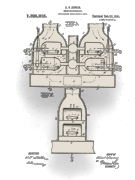
Alice H. Parker
Alice H. Parker’s invention of a central heating system powered by natural gas laid the groundwork for modern heating, ventilation, and air conditioning (HVAC) systems. Her invention provided a safer, more accessible, and more efficient alternative to traditional heating methods using wood or coal. Parker broke barriers in STEM and engineering and became one of the few Black women to hold a patent in the early 20th century. (Parker is believed to have lived from 1895-1920; there are no verifiable photographs of her.)

